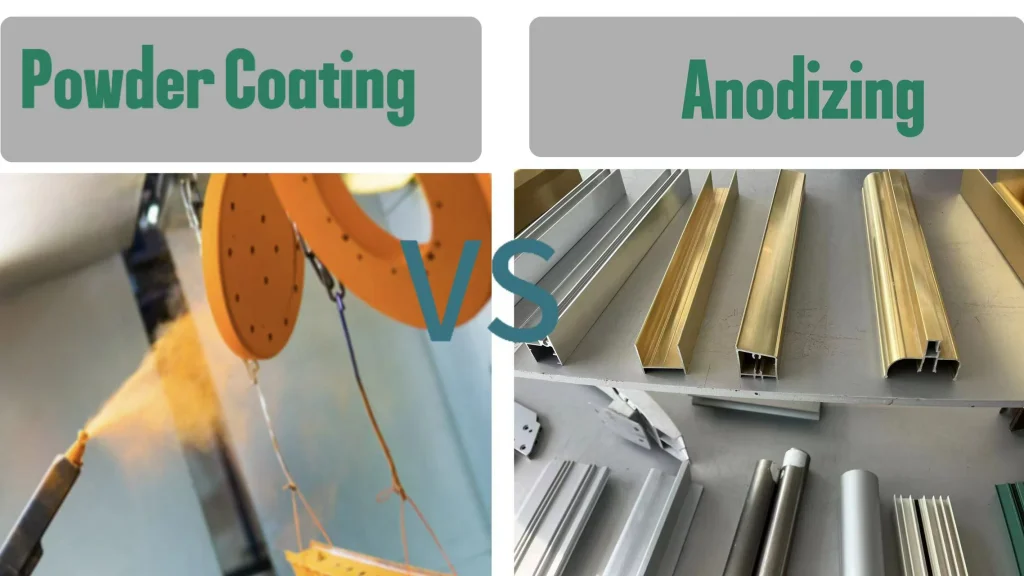Anodized vs Powder Coat: Which is the Best Finish for Aluminum Project
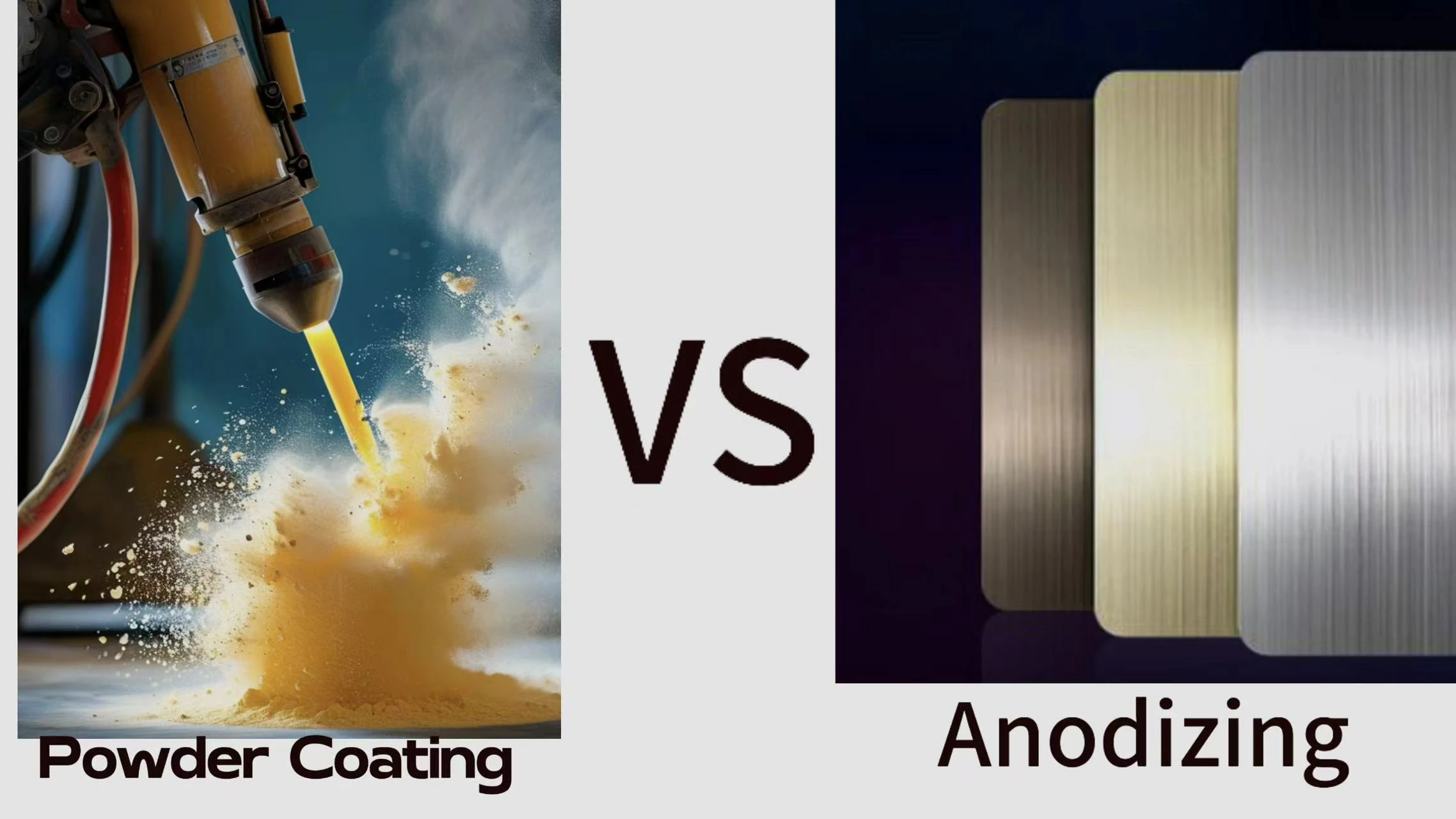
Understanding Anodizing

What is Anodizing?
Anodizing is an electrochemical process that enhances the natural oxide layer on metals, primarily aluminum. It’s used to improve durability, corrosion resistance, and provide a decorative finish. Unlike other coatings, anodizing integrates with the metal surface rather than just sitting on top of it, making it a long-lasting solution for projects where strength and appearance are crucial. This process is commonly used in industries such as aerospace, architecture, and consumer electronics, thanks to its ability to add both aesthetic appeal and functional protection. Anodized aluminum maintains its color over time, resists chipping and fading, and offers an environmentally friendly finish with no volatile organic compounds (VOCs).How Does Anodizing Work?
Anodizing involves submerging aluminum into an electrolyte bath, typically composed of sulfuric acid. The aluminum acts as an anode, while a cathode is placed in the bath. When an electrical current passes through the solution, the aluminum’s surface reacts with oxygen, forming aluminum oxide. This oxide layer becomes thicker and stronger, offering significant protection against corrosion and wear. One key benefit is that this oxide layer is porous, which means it can easily absorb dyes for color finishing. The final step involves sealing the anodized surface, locking in the protective layer and color. This process results in a smooth, durable finish that’s perfect for both indoor and outdoor applications.Types of Anodizing (Type I, Type II, and Hardcoat)
There are different types of anodizing, each suited for specific applications:Type I (Chromic Acid Anodizing):
This method creates a thin, flexible layer that offers good corrosion resistance. It’s used for aerospace applications where weight is a concern but protection is still necessary.Type II (Sulfuric Acid Anodizing):
This is the most common type of anodizing, providing a thicker layer of protection. It’s often used for architectural and consumer products due to its ability to absorb dyes and create vibrant colors.Type III (Hardcoat Anodizing):
Known for its extreme durability, hardcoat anodizing creates a thick, wear-resistant layer. It’s ideal for industrial parts that face significant wear and tear, such as machine components or automotive parts.Understanding Powder Coating
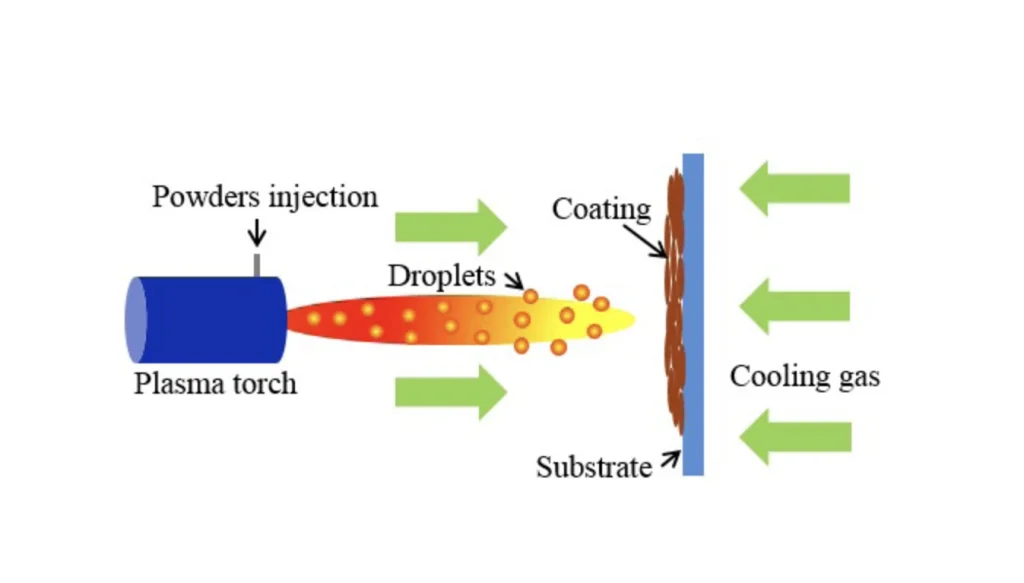
What is Powder Coating?
Powder coating is a finishing process that uses a dry powder-composed of resin, pigment, and other ingredients—applied electrostatically to metal surfaces. The coated part is then cured in an oven, where the powder melts and forms a smooth, durable layer. This coating offers excellent protection against corrosion, UV rays, and general wear, making it a popular choice for both indoor and outdoor metal products. Unlike traditional liquid paint, powder coating doesn’t require solvents, which means it’s a more environmentally friendly option. It’s also highly versatile, allowing for a variety of textures and colors to suit different design preferences. Whether for automotive parts, outdoor furniture, or architectural fixtures, powder coating is a go-to solution for high-performance finishes.How Does Powder Coating Work?
The powder coating process begins with the surface preparation of the metal. The substrate is cleaned to remove contaminants like oil, dirt, and rust, ensuring proper adhesion. Once the surface is ready, the metal is grounded, and the powder-charged with static electricity-is sprayed onto the surface using a powder spray gun. The electrostatic charge ensures an even coat across the entire part. After the powder is applied, the metal part is placed in a curing oven at around 400°F. The heat melts the powder, allowing it to flow and bond to the metal surface, creating a uniform, durable finish. This curing process is critical as it solidifies the coating, making it resistant to chipping, fading, and corrosion.Types of Powder Coatings
There are several types of powder coatings available, each offering different benefits depending on the application:Epoxy Powder Coatings:
Known for their excellent adhesion and durability, epoxy coatings are ideal for indoor applications. However, they can degrade with exposure to UV light, making them unsuitable for outdoor use.Polyester Powder Coatings:
This type is more resistant to UV exposure, making it perfect for outdoor applications like fences, outdoor furniture, and automotive parts. Polyester coatings provide excellent weather resistance and maintain their color over time.Hybrid Powder Coatings:
A blend of epoxy and polyester, hybrid coatings combine the strength of epoxy with the UV resistance of polyester. These coatings are used for both indoor and outdoor applications where durability and cost-effectiveness are key.Anodizing vs. Powder : Comparison Coating
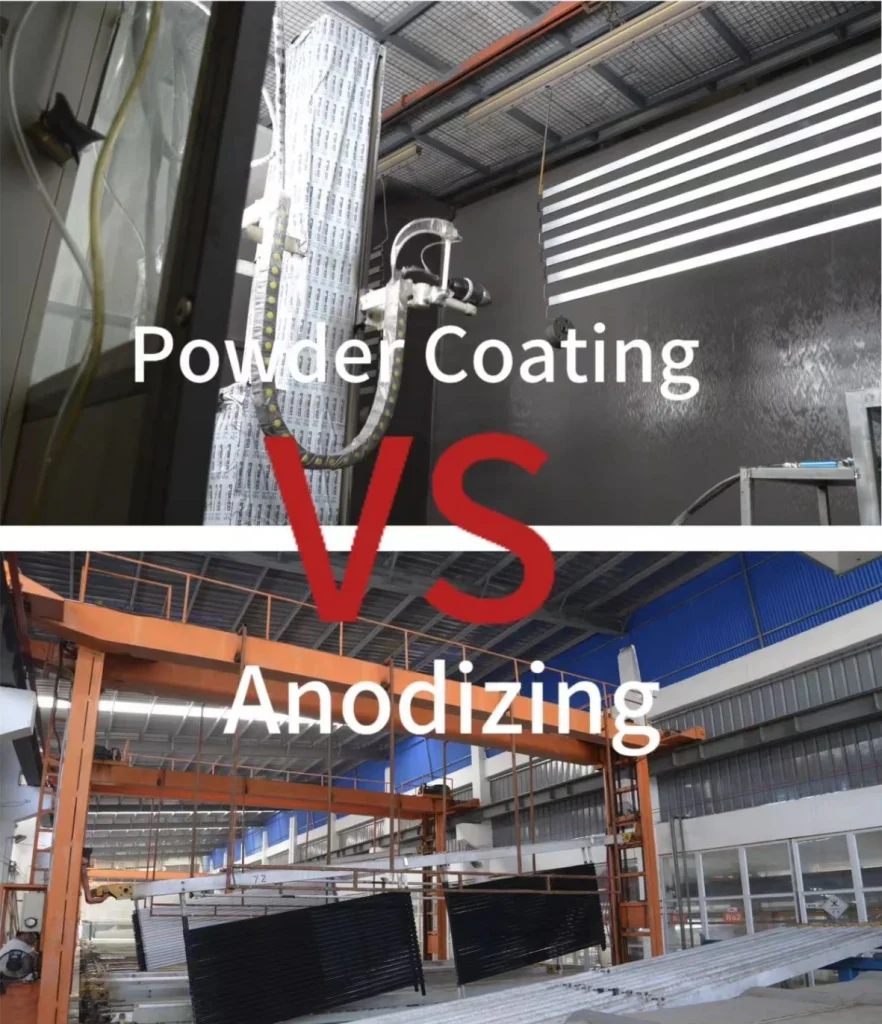
| Factor | Anodizing | Powder Coating |
| Durability | 10-15+ years in harsh conditions | 5-10 years in outdoor environments |
| Corrosion Resistance | High resistance (especially marine environments) | High, but depends on coating thickness |
| Color Options | Limited (10-20 colors, mostly metallic) | Wide variety (over 100+ colors and textures) |
| Environmental Impact | Low VOCs, energy-efficient | Low VOCs, energy-intensive curing |
| Cost | $5 – $15 per square foot | $2 – $8 per square foot |
Anodized vs Powder Coat: Durability
Anodized
Anodizing is known for creating a highly durable finish, especially with hardcoat anodizing (Type III). Anodizing can last 10-15+ years in extreme conditions like aerospace or marine environments. The anodized layer is integrated into the surface of the aluminum, making it highly resistant to scratches, wear, and tear. This makes anodizing ideal for high-traffic or industrial applications where durability is key, such as aerospace components or automotive parts.Powder coat
Powder coating is also durable, offering protection for 5-10 years in outdoor conditions, such as on automotive parts or outdoor furniture. . It is resistant to impacts, chipping, and scratches, but because the coating sits on top of the surface, it can be more susceptible to damage in heavy-duty applications. However, for outdoor furniture or automotive trim, powder coating offers more than enough durability to last for years.Anodized vs Powder Coat: Corrosion Resistance
Anodized
When it comes to corrosion resistance, both anodizing and powder coating perform well, but in different ways. Anodizing enhances aluminum’s natural corrosion resistance by forming a protective oxide layer. This is especially effective in preventing rust and deterioration in outdoor applications. Anodized aluminum can withstand exposure to harsh environmental conditions, including saltwater, making it an excellent choice for marine and industrial environments.Powder coat
Powder coating also provides excellent protection against corrosion by forming a thick, impermeable layer over the metal. It’s ideal for parts that are exposed to moisture or chemicals, such as automotive components or metal fencing. The thickness of the powder coating-usually 2-8 mils-determines its effectiveness. However, if the powder coating chips or cracks, the underlying metal could be exposed to corrosion, which is less likely with anodizing.Anodized vs Powder Coat: Color Options
Anodized
When it comes to color options, powder coating has a clear advantage. With over 100+ colors and finishes to choose from, including matte, gloss, and textured options, powder coating offers extensive flexibility in terms of aesthetic appea. This versatility makes powder coating the preferred choice for decorative and aesthetic applications where visual appeal is important.Powder coat
In contrast, anodizing offers a more limited palette of around 10-20 colors, mainly in metallic shades such as bronze, silver, gold, and black. The anodizing process limits the range of colors that can be applied, and the finish tends to be more subdued compared to the bold, vibrant colors available with powder coating. However, anodizing’s natural metallic look may be more desirable for applications where a sleek, industrial appearance is preferred.Anodized vs Powder Coat:Environmental Impact
Anodized
Both anodizing and powder coating are environmentally friendly processes, but anodizing has a slight edge when it comes to sustainability. The anodizing process doesn’t emit harmful volatile organic compounds (VOCs) and uses relatively few chemicals, most of which are non-toxic and can be reused. The byproducts of anodizing are also easily neutralized and have a minimal environmental footprint.Powder coat
Powder coating is also a low-waste, eco-friendly option since the overspray can be collected and reused. Additionally, powder coating doesn’t release harmful VOCs, making it a better option than traditional paint. However, the powder coating process involves energy-intensive curing, which requires high temperatures, contributing to a larger carbon footprint compared to anodizing.Anodized vs Powder Coat: Cost
Anodized
In terms of cost, powder coating is generally more affordable than anodizing, especially for large-scale projects. The average cost of powder coating aluminum ranges between $2 – $8 per square foot, depending on the complexity and thickness of the coating. Powder coating is less labor-intensive, requires fewer specialized tools, and can be applied to a wider variety of substrates. This makes it the go-to option for applications where budget is a concern, without compromising on durability or aesthetic appeal.Powder coat
Anodizing, particularly hardcoat anodizing, tends to be more expensive due to the precision required and the complex electrochemical process involved. The costs are higher for the materials, equipment, and labor. The cost of anodizing ranges from $5 – $15 per square foot, depending on the type (Type I, Type II, or hardcoat) and the finish quality required. However, the long-term benefits of anodizing, such as superior durability and corrosion resistance, may justify the higher price in certain applications.Best Use Cases for Anodizing
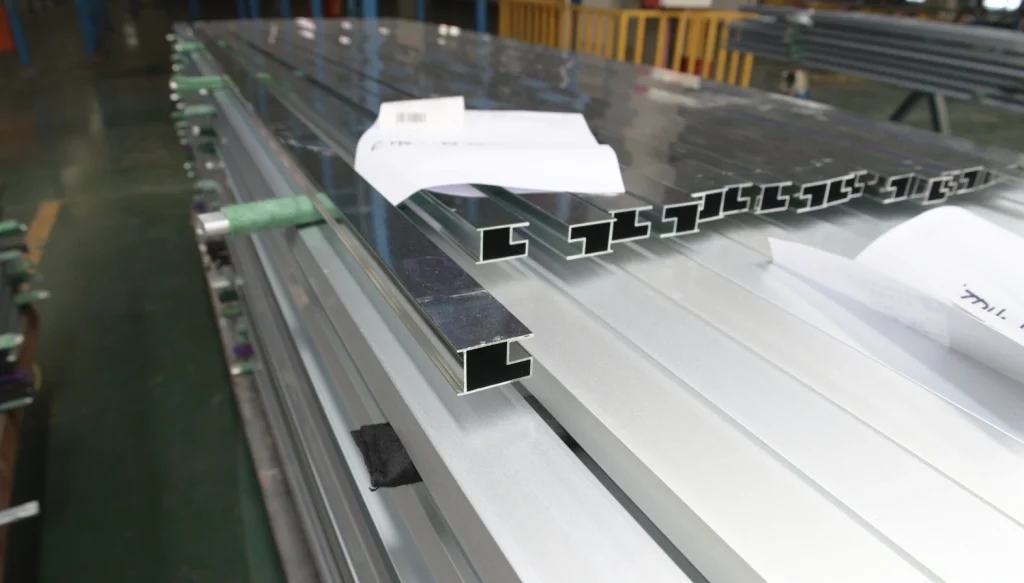
Architectural Applications
Anodizing is a popular choice in architectural applications because of its durability, corrosion resistance, and sleek metallic finish. Anodized aluminum can last 15-20+ years in outdoor settings, making it ideal for buildings and structures exposed to the elements. Curtain walls, window frames, and roofing systems frequently use anodized finishes. The anodized surface is highly resistant to UV rays and weathering, ensuring that the finish maintains its appearance over time without fading or peeling. Additionally, the range of 10-20 metallic colors available adds a modern, polished look to architectural designs.Industrial Applications
In industrial applications, anodized aluminum is favored for its ability to withstand harsh environments. Hardcoat anodizing, in particular, can provide 25-50 microns of thickness, offering superior resistance to abrasion and chemicals. This makes it perfect for heavy-duty equipment and machinery components, such as housings or aerospace parts, where high durability is essential. Anodized aluminum can resist corrosion for 20+ years, especially in marine or aerospace industries, where exposure to saltwater or chemicals is frequent.Consumer Products
Many consumer products utilize anodized aluminum due to its aesthetic appeal and practical benefits. Anodized finishes are common in electronics such as smartphones, laptops, and tablets, offering scratch resistance and a sleek, modern look. Anodized aluminum can withstand 5-10 years of regular use while maintaining its finish, making it ideal for high-end kitchen appliances, cookware, and consumer electronics. The smooth, durable finish ensures that these products retain their quality and appearance for extended periods.Best Use Cases for Powder Coating
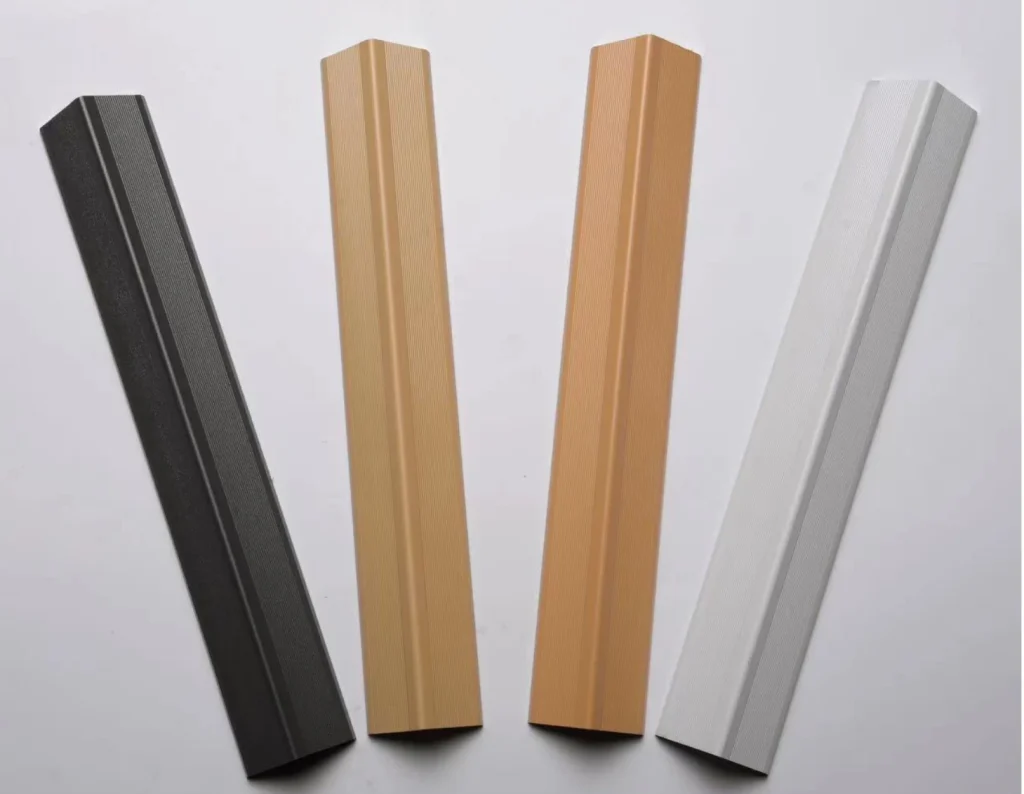
Automotive Applications
Powder coating is widely used in automotive applications for its excellent durability and resistance to impacts and chemicals. Powder-coated wheels, frames, and exterior components can withstand 5-10 years of harsh conditions, such as road debris, salt, and UV exposure. The thickness of the powder coating, typically around 2-8 mils, offers sufficient protection against chipping and corrosion. Powder coating provides car manufacturers and custom shops the ability to create vibrant, long-lasting finishes, making it ideal for both decorative and functional automotive parts.Furniture and Home Decor
In furniture and home decor, powder-coated aluminum and steel are favored for their ability to maintain vibrant color and resist wear. Powder coating can last 10-15+ years in indoor environments, providing scratch and chip resistance, which is crucial for frequently used furniture like chairs, tables, and shelving. The wide variety of colors and textures, with over 100+ options, allows homeowners and designers to create customized furniture pieces that align with various interior design styles.Outdoor Equipment
Outdoor equipment, such as playground structures, fences, and garden furniture, benefit significantly from powder coating. The thick protective layer can withstand 10-20 years of exposure to UV rays, rain, and moisture without fading or deteriorating. Powder coating for outdoor equipment is typically applied at a thickness of 4-8 mils, ensuring excellent impact resistance and long-term durability, even in extreme weather conditions. It’s the go-to choice for outdoor environments requiring low-maintenance, high-performance finishes.Anodized vs Powder Coat: Factors to Consider When Choosing
